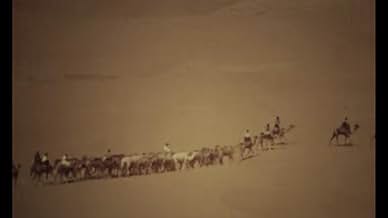IMDb RATING
7.7/10
19K
YOUR RATING
A young man named Kaspar Hauser suddenly appears in Nuremberg in 1828, barely able to talk or walk, and bearing a strange note.A young man named Kaspar Hauser suddenly appears in Nuremberg in 1828, barely able to talk or walk, and bearing a strange note.A young man named Kaspar Hauser suddenly appears in Nuremberg in 1828, barely able to talk or walk, and bearing a strange note.
- Awards
- 5 wins & 3 nominations total
- Director
- Writers
- All cast & crew
- Production, box office & more at IMDbPro
Storyline
Did you know
- TriviaWerner Herzog's said at his Rogue Film School, that the following scenes were shot with a Super-8mm camera: a) The opening scene on the river. b) The montage of landscape shots early in the film. c) Right after the man in black teaches Kaspar how to walk. d) The Caucasus pyramid sequence. e) The caravan in the desert with the old man tasting the sand. Herzog talked about how, for some of the landscape shots early in the film, he mounted a telephoto lens on the end of wide angle lens onto his Super 8 camera. This distorted the edges of the images and created a white/halo effect around the frame. On the DVD audio commentary of this film, he mentions how for the Caucasus pyramid sequence he projected the image onto a screen and then re-photographed the image with a 35mm camera at a different frame rate from the projected speed. He also used this technique with the caravan in the desert sequence.
- GoofsIn a brief scene we see a stork eating a frog with its legs tagged (ringed), but bird ringing didn't start until the end of the nineteenth century, decades after the life of Kaspar Hauser.
- Quotes
Opening caption: Do you not then hear this horrible scream all around you that people usually call silence.
- Crazy creditsOpening credits prologue: One Sunday in 1828 a ragged boy was found abandoned in the town of N. He could hardly walk and spoke but one sentence.
Later, he told of being locked in a dark cellar from birth. He had never seen another human being, a tree, a house before.
To this day no one knows where he came from - or who set him free.
Don't you hear that horrible screaming all around you? That screaming men call silence?
- ConnectionsFeatured in I Am My Films (1978)
- SoundtracksCanon in D major
Composed by Johann Pachelbel
Featured review
"This is the story of a soul", someone said and I agree because loneliness is here described through a slow moving plot and endless silences which make us see Kaspar Hauser not as a man but as something more sulfuric, almost a being from outer space. The performance of Bruno S. is simply moving and caused me a lot of tears and the use of time through the narration is perfect for a film of this kind. The poetic vision of Werner Herzog is very peculiar and unique and you can love it or hate it but you cannot ignore it. Herzog doesn't care about the audience, he tells what it wants in the way he likes and that's the praise and the defect of European cinema and it's what makes the difference between European authors and American ones.
- solitaryman2
- Feb 8, 2000
- Permalink
- How long is The Enigma of Kaspar Hauser?Powered by Alexa
Details
- Release date
- Country of origin
- Language
- Also known as
- Every Man for Himself and God Against All
- Filming locations
- Croagh Patrick, Westport, Mayo, Ireland(archive footage)
- Production companies
- See more company credits at IMDbPro
Box office
- Gross worldwide
- $3,451
- Runtime1 hour 50 minutes
- Sound mix
- Aspect ratio
- 1.66 : 1
Contribute to this page
Suggest an edit or add missing content

Top Gap
By what name was The Enigma of Kaspar Hauser (1974) officially released in India in English?
Answer


























